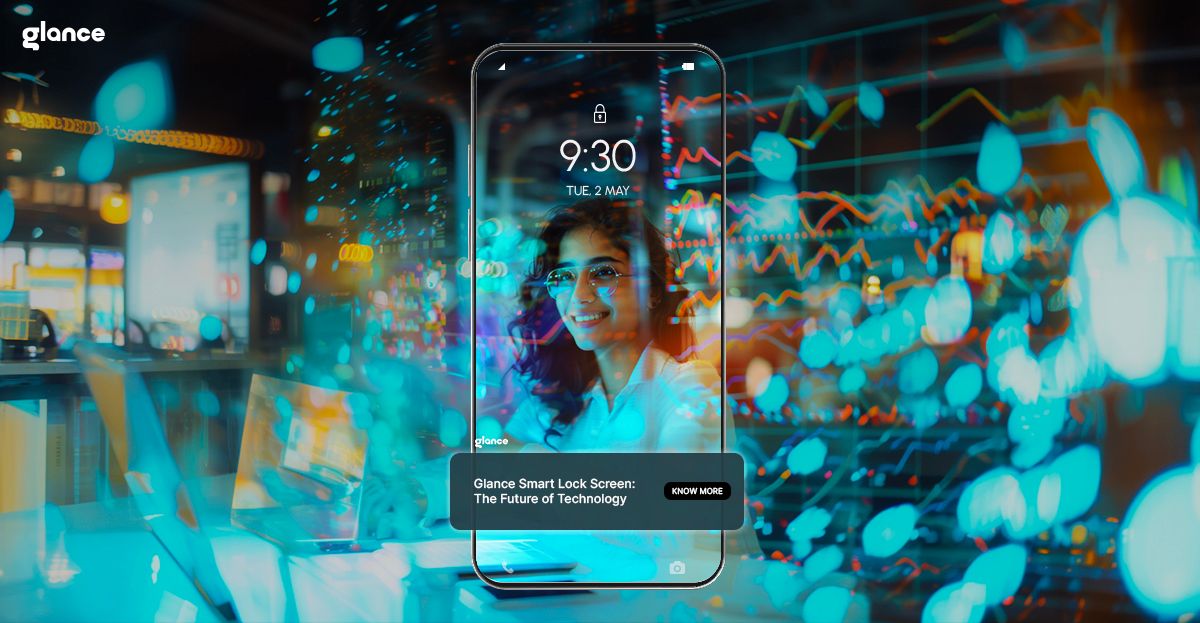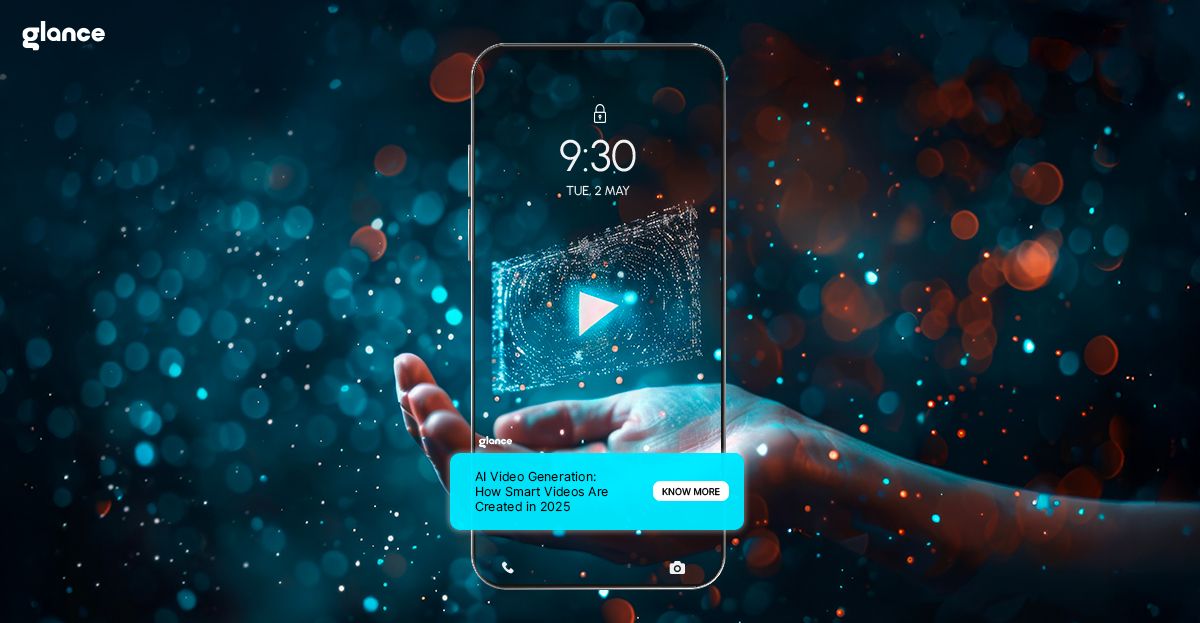AI Story Writer: Top Tools & How They Work in 2025
AI vs Human Intelligence: Key Differences


“Is this AI actually smart, or just really good at pretending?”
If you’ve ever asked yourself that while watching AI write poetry, generate images, or hold conversations, you’re not alone. With tools like ChatGPT, Midjourney, and Bard shaping headlines, it’s natural to wonder: what really separates AI and human intelligence?
Let’s unpack this—with clarity, not jargon—and explore how generative AI works, where it shines, where it falls short, and most importantly, how it differs from human intelligence.
Generative AI, Explained Simply
Generative AI refers to models trained on massive amounts of data to generate new content—text, images, audio, even code—based on learned patterns. Think of it as an ultra-fast remix artist that can:
Complete sentences
Design graphics
Write songs
Build prototypes
But here’s the key: it doesn’t understand meaning the way we do. It’s guessing what should come next based on statistical probability, not conscious thought or awareness.
Where Generative AI Excels?
Understanding the “smart” bits of generative AI helps set realistic expectations. Here’s what it does best:
Blazing-Fast Processing
It sifts through and analyzes terabytes of data in seconds—far beyond any human’s capability.
Pattern-Based Creativity
It can generate text, images, or melodies that feel original by blending existing styles.
Automating Repetitive Tasks
Need 1,000 product descriptions? Draft legal clauses? Create stock images? Generative AI can churn them out on demand.
Scalable Personalization
From chatbots to recommendation engines, it tailors content to millions of users simultaneously.
Where Human Intelligence Still Rules?
As impressive as generative AI is, AI and human intelligence are fundamentally different. Humans bring to the table:
True Creativity & Originality
You can dream up a concept no one’s ever thought of—like inventing the smartphone or penicillin. Machines remix; people innovate.
Emotional Depth & Empathy
You actually feel joy, sadness, or compassion. That gut sense of “that’s not right” or the warmth of a shared laugh? AI can mimic it but never truly experience it.
Adaptive Learning
You can learn a new skill from one real-world example, apply past lessons in a novel scenario, or pivot entirely when circumstances change.
Moral & Ethical Judgment
When faced with a dilemma, you weigh values, social norms, and long-term consequences. AI’s “ethics” come from rules we hard-code—no intrinsic moral compass.
The Core Difference Between AI and Human Intelligence
Aspect | Generative AI | Human Intelligence |
Creativity | Combines existing patterns | Creates original ideas from lived experience |
Emotional Insight | Recognizes emotion in data, can simulate tone | Experiences feelings, empathy, and emotional context |
Learning | Trained on static data; retrains with effort | Learns continuously from experience, trial, and reflection |
Moral Reasoning | Operates on pre-defined rules | Applies ethical judgment, considers consequences |
Context Awareness | Limited; struggles with humor, sarcasm, culture | Deep understanding of social, emotional, and historical context |
Speed & Efficiency | Processes vast data instantly | Slower, but more flexible and reflective |
Limitations of Generative AI
While it’s powerful, generative AI has real constraints:
- No True Understanding: It doesn’t know what it’s saying—it just predicts what sounds right.
- Bias Inheritance: If the data is biased, AI will replicate those biases.
- Struggles with Novelty: It’s great at remixing, poor at true invention.
- No Common Sense: Lacks real-world experience and the ability to “just know” what makes sense.
- Ethical Blind Spots: It can’t grasp the human consequences of its outputs.
Limitations of Human Intelligence
To be fair, we have our own cognitive trade-offs:
Processing Speed: Humans are slow compared to machines when analyzing massive data sets.
Emotional Overload: Biases, stress, and fatigue can cloud human judgment.
Memory: Prone to forgetfulness, distortion, or limited recall under pressure.
Scalability: One human can only do so much at a time—AI operates at global scale.
Where AI and Humans Collaborate Best?
Rather than compete, the future is about collaboration. Here’s where the synergy is most powerful:
1. Content Creation
AI drafts; humans refine with tone, context, and emotional nuance.
Example: AI writes a blog structure, but you bring brand voice and insights.
2. Decision Support
AI crunches data; humans interpret results in context.
Example: In lending, AI analyzes credit risk; a loan officer evaluates the human side.
3. Design & Innovation
AI provides rapid ideation or prototyping.
Humans judge feasibility, cultural fit, and long-term impact.
4. Customer Engagement
AI handles basic queries at scale.
Humans step in for empathy-driven conversations and complex support.
5. Healthcare & Diagnosis
AI flags patterns in scans or reports.
Doctors assess patient history, symptoms, and emotional cues.
6. Shopping and E-commerce
AI shopping apps, like Glance personalizes shopping recommendations, previews outfits using virtual try-ons, and suggests styles based on browsing behavior.
Humans decide based on comfort, aesthetics, and personal taste—often guided by emotion and context AI can't fully grasp.
Is Generative AI Actually “Smart”?
Well, that depends on how you define “smart.”
If smart means fast, data-driven, and accurate at scale, then yes—generative AI is incredibly smart.
If smart means emotionally aware, ethically grounded, and contextually creative, then no—it’s not close to human-level intelligence.
AI is impressive, but it doesn’t “think” or “feel.” It predicts. It doesn’t have goals, opinions, or values—it has instructions.
Philosophical & Ethical Questions of Generative AI
Beyond practicalities, there’s a deeper conversation around AI and human intelligence:
Could AI Ever Be Truly Conscious?
With current architectures, AI lacks subjective experience. It’s an open question whether future breakthroughs could change that.
Ethical Accountability
If an AI system harms someone—spreads misinformation or makes a biased decision—who’s responsible? The developer, the user, or the AI itself?
Societal Impact
How do we ensure equitable access to AI’s benefits? What happens to communities disrupted by automation?
So, What Does This Mean for You?
If you’re navigating a world increasingly shaped by AI, here’s how to stay ahead:
Lean into Human Strengths: Empathy, originality, adaptability, intuition.
Use AI as a Tool, Not a Crutch: Let it augment your work, not replace your thinking.
Build AI Literacy: Understanding how generative AI works helps you use it responsibly and effectively.
Focus on Ethical Use: Advocate for fairness, transparency, and accountability in AI systems.
Wrap Up
Generative AI is not the end of human intelligence—it’s a tool that extends it.
The difference between AI and human intelligence isn’t just about speed or scale. It’s about depth, values, and the messy, beautiful complexity of being human.
The smartest path forward? Learn to collaborate with AI. Let it handle the bulk. You bring the soul.
FAQs: AI vs Human Intelligence
1. Can AI think like humans?
No. AI mimics human-like outputs using data patterns but lacks consciousness, emotion, and real understanding.
2. What makes human intelligence unique?
Emotion, intuition, moral reasoning, and self-awareness—none of which AI currently possesses.
3. Is AI smarter than humans?
AI is faster at data-driven tasks, but it lacks the general reasoning, creativity, and ethical awareness that define human intelligence.
4. Can Generative AI replace creative jobs?
It can assist and accelerate creative work, but final judgment, originality, and emotional context still rely on humans.
5. Where does Glance use AI?
Glance AI powers personalized fashion lookbooks, avatar styling, lock-screen shopping, and user engagement—all using generative AI, curated by humans.



